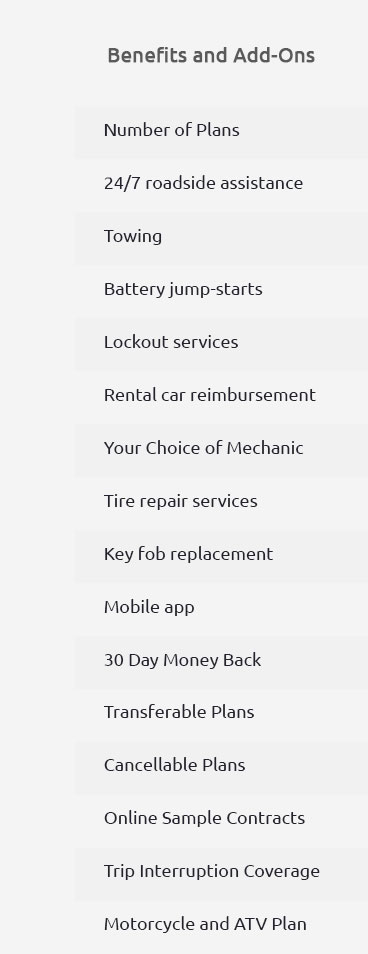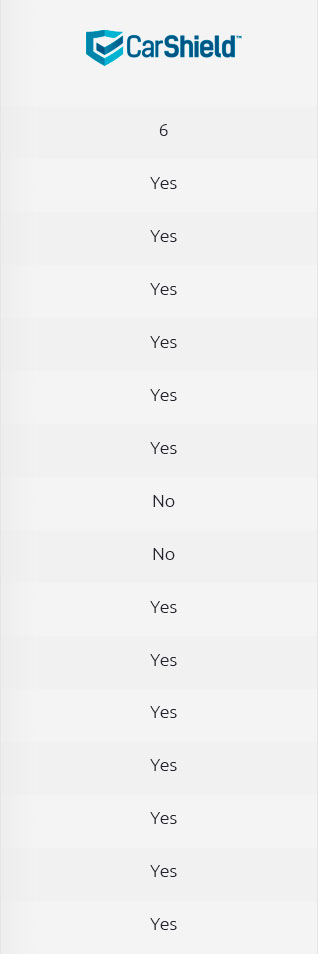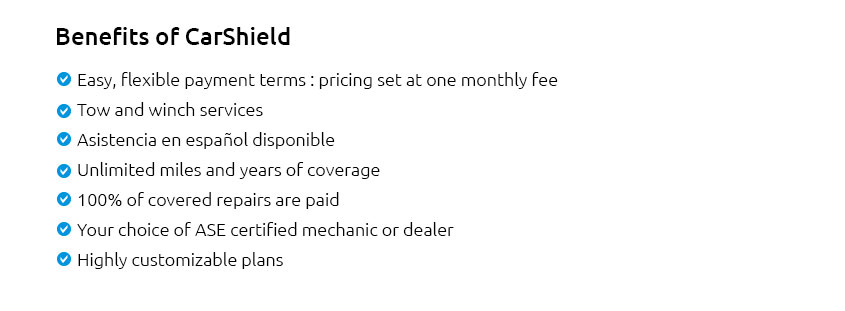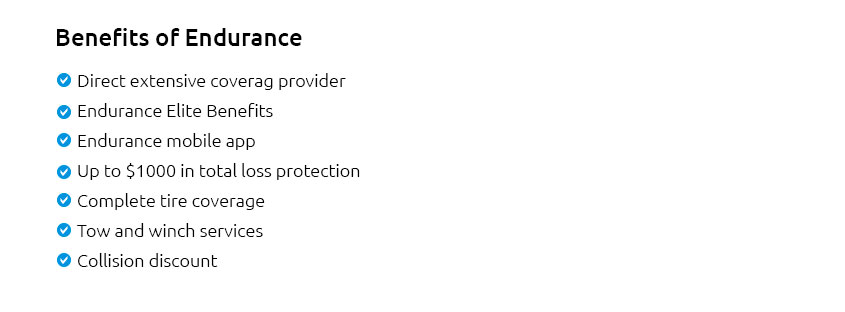 |
 |
 |
 |
 |
|||
 |
|||
 |
 |
 |
|
 |
|||
 |
|
 |
|
 |
|
 |
|
 |
|
 |
|
 |
|
 |
|

About Gap Insurance: Comprehensive Coverage GuideAs a U.S. consumer, you might be exploring various options for vehicle protection, especially when it comes to managing repair costs and considering extended auto warranties. One crucial aspect to understand is gap insurance, a coverage that can provide peace of mind and significant cost savings. What is Gap Insurance?Gap insurance, or Guaranteed Asset Protection insurance, is designed to cover the difference between the amount you owe on your vehicle and its actual cash value (ACV) in the event of a total loss. This is particularly important if you're financing or leasing a vehicle, as the vehicle's value can depreciate faster than you pay down the loan or lease. Benefits of Gap Insurance
What's Covered?Gap insurance typically covers the difference between your vehicle's ACV and the balance owed on your loan or lease. However, it doesn't cover other costs such as extended warranties or car repairs. Example of CoverageImagine you financed a car for $30,000, but its current market value is only $25,000. If your car is totaled in an accident, your regular insurance will cover the $25,000, but you'll still owe $5,000 on your loan. This is where gap insurance steps in to cover that remaining balance. For those considering an extended warranty, such as a fiat 500 extended warranty, it's important to understand how these different types of coverage can complement each other. When to Consider Gap Insurance
These factors can significantly influence whether gap insurance is a smart investment for you, especially in high-traffic areas like Los Angeles where accidents can be more frequent. Frequently Asked QuestionsDo I need gap insurance if I have full coverage?Yes, full coverage insurance only covers the market value of the car, not the loan balance. Gap insurance is needed to cover the difference. Can gap insurance be used in conjunction with an extended warranty?Yes, gap insurance can complement an extended warranty. While gap insurance covers the difference between the loan balance and the car's value, an extended warranty, such as a car warranty covers everything, addresses repair costs. How do I purchase gap insurance?Gap insurance can often be purchased through your car dealer or your auto insurance provider. It's wise to compare quotes to get the best rate, especially in areas like New York City where insurance premiums can be higher. By understanding the role of gap insurance, you can better protect your financial investment in your vehicle. Whether you drive in bustling cities or quieter towns, having the right coverage is essential for safeguarding your assets and ensuring peace of mind. https://www.whittenbrothers.com/finance/car-buying-tips/what-is-gap-insurance/
GAP insurance helps cover what your other insurance policies don't. Learn more about GAP protection and how it can benefit you with Whitten Brothers ... https://lesserlawfirm.com/blog/what-you-need-to-know-about-gap-insurance/
Your collision coverage would pay your lender up to the totaled car's depreciated value say it's worth $19,000. If you don't have gap insurance, you would ... https://www.amfam.com/resources/articles/understanding-insurance/what-is-gap-insurance
Simply put, lease and loan gap insurance coverage may help cover the difference between the amount you owe on your car and its actual cash value ...
|